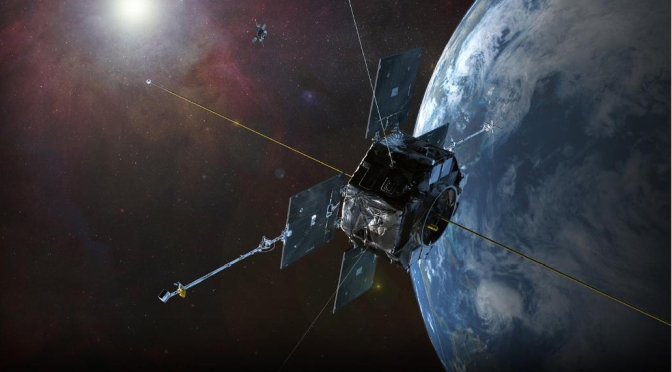NASA’s Van Allen Probes Reveal Previously Undetected Radiation Belt Around Earth
James Van Allen discovered the radiation belts during the 1958 launch of the first successful U.S. satellite. Subsequent missions have observed parts of the belts, but what causes the dynamic variation in the region has remained something of a mystery. …more









